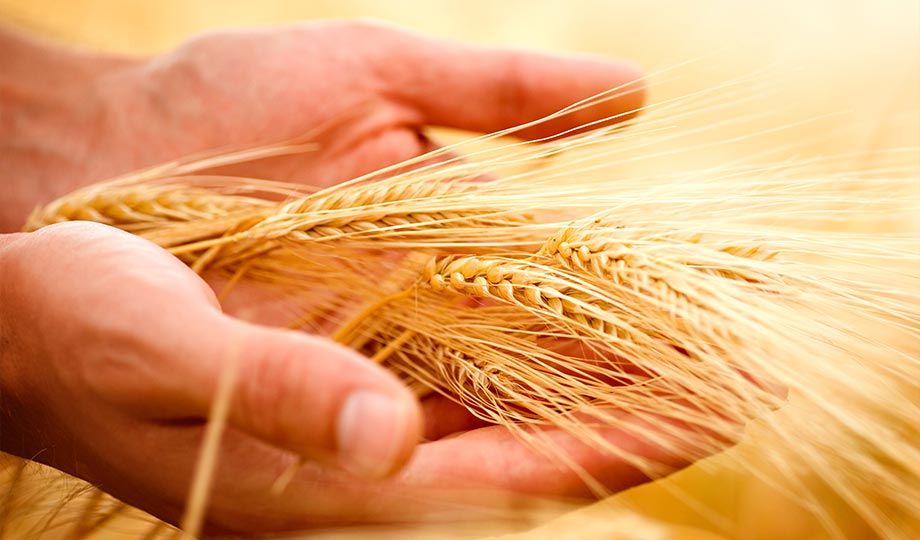
Please fill in the details below:


In the agricultural industry, crop protection chemicals are widely used to prevent crops from getting damaged and ensuring better yields. Insecticides, herbicides, and fungicides are used to control threats to the crop in a variety of ways. As the global food demand increases, there is also a need for more effective crop protection products. While research is being done to make these chemicals get more effective, there is also another solution. Agricultural adjuvants are additives that can be used together with herbicides, insecticides, and fungicides to make them more effective. Adjuvants cannot be used on their own but they significantly enhance the activity of other crop protection products. These can be a part of the formulation itself (built-in adjuvants) or be a separate product that can be mixed in with the crop protection chemical before it is applied to the crops (tank mix-adjuvants).
Agricultural adjuvants can broadly be classified into three categories. These are:
DISCLAIMER
“UPL and its subsidiaries have made every attempt to ensure accuracy of the information provided on this website. However, this is a global webpage with access to different geographies for wider reach and greater awareness of UPL. In the course of doing the same, UPL has used Weglot translator plugin to cover the language of this website from English to select regional languages.
UPL therefore, does not accept any responsibility or liability on the nature, standard or the accuracy of the translation and cannot take responsibility for any type of inaccurate contextual meaning in the event of a mismatch from English to a regional language.”